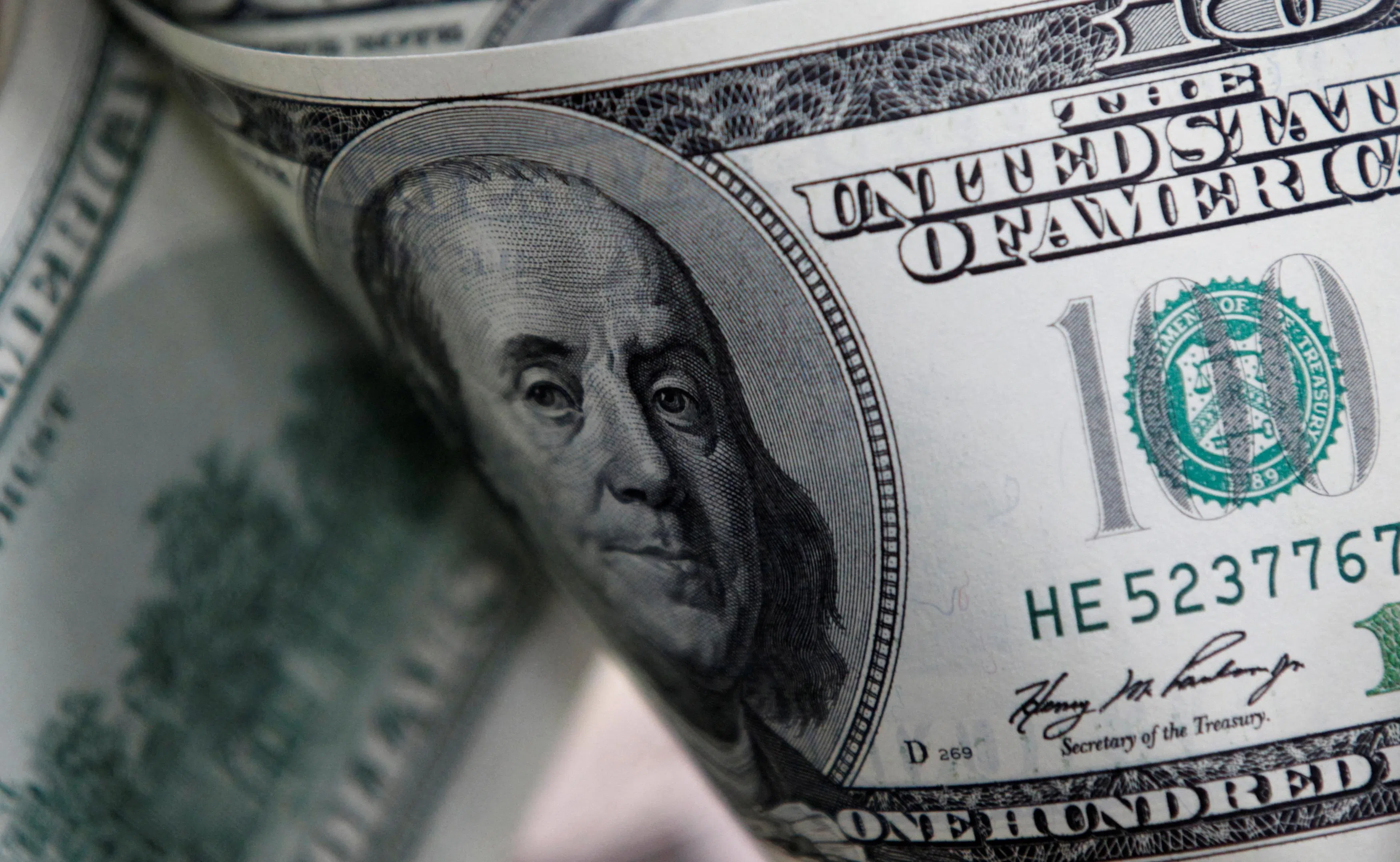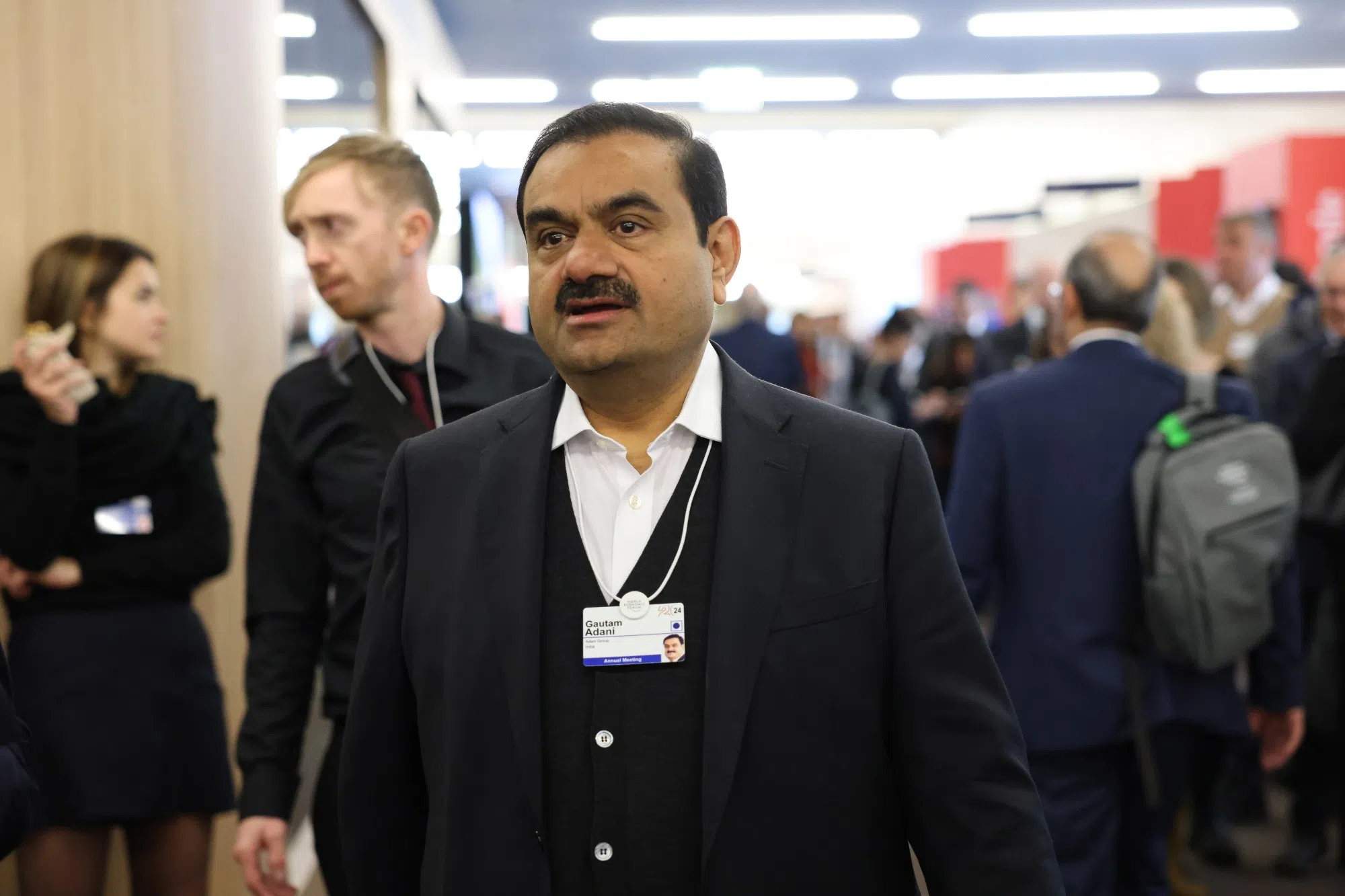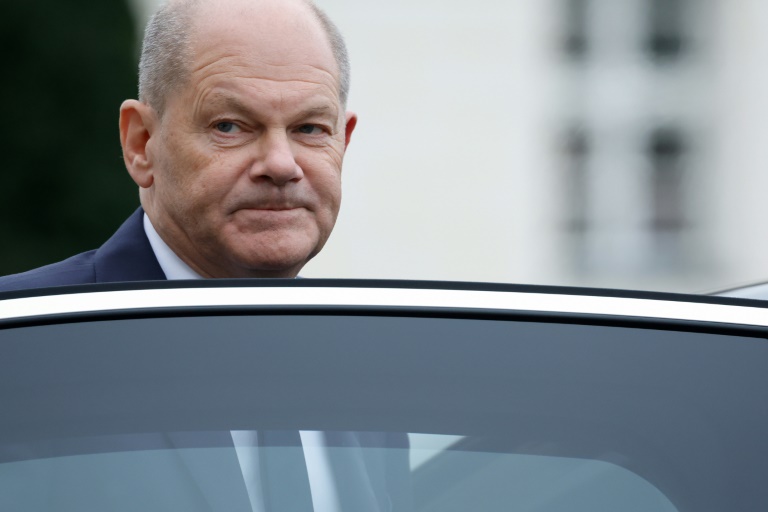THE US dollar rose to a four-month peak versus major peers on Tuesday (Nov 12), while Bitcoin extended its record rally as investors continued to pile into trades seen as benefiting from the incoming Donald Trump administration.
The euro languished at a seven-month trough and the yuan slumped to its lowest in more than three months, with Europe and China both targets of potential Trump tariffs.
Leading cryptocurrency Bitcoin pushed to a new all-time peak of US$89,982 and was last at US$87,330. Trump has vowed to make the US “the crypto capital of the planet”.
“We are in a regulatory tailwind zone now,” said Gautam Chhugani, an analyst at research firm Bernstein. “We expect a crypto-friendly regulatory environment under Trump, starting with a pro-crypto SEC (Securities and Exchange Commission).”
The dollar index, which measures the currency against six peers rose 0.38 per cent to 105.83, around its highest since early July.
“The market is continuing to push US equities, US interest rates, and the dollar higher,” said Alvin Tan, head of Asia FX strategy at RBC Capital Markets.
BT in your inbox
Start and end each day with the latest news stories and analyses delivered straight to your inbox.
“Today probably the impetus is the fact that we had these reports that Trump is looking to appoint Senator Rubio and also Congressman Waltz as the key foreign policy officials, and they’re known for being quite hawkish on China.”
Sources on Monday told Reuters that Trump is expected to tap US Senator Marco Rubio to be his secretary of state, arguably the most hawkish option on the shortlist. Republican Representative Mike Waltz, a China critic, is expected to be national security adviser, sources said.
“It does suggest that Trump is serious about some of his hardline policy proposals,” Tan added.
The onshore yuan finished the domestic session at 7.2378 per dollar, its lowest close since Aug 1.
The Aussie dollar – which tends to be swayed by the economic outlook for China, Australia’s top trading partner – sagged 0.45 per cent to US$0.6545.
The euro sank to US$1.0611 on Tuesday, the lowest since late April, and was last down 0.34 per cent at US$1.0619.
Trump’s Republican Party will control both houses of Congress when he takes office in January, Decision Desk HQ projected on Monday. That would enable him to push an agenda of slashing taxes and shrinking the federal government.
Trump has warned that the euro bloc will “pay a big price” for not buying enough American exports, with cars a particular target. He has threatened China with blanket 60 per cent tariffs.
Potentially inflationary tariffs and immigration policies have seen markets pare back the likelihood of a quarter point Federal Reserve interest rate cut on Dec 18 to 69 per cent from nearly 80 per cent a week ago, according to CME Group’s FedWatch Tool.
The euro is feeling additional pressure from political uncertainty in Germany, the bloc’s biggest economy. Germany is set to hold fresh elections on Feb 23, which will be eleven weeks after the collapse of Chancellor Olaf Scholz’s governing coalition.
Sterling fell 0.36 per cent to US$1.2824 after data showed regular UK wage growth slowed and unemployment rose, with the pound also feeling the heat from the dollar’s rally.
The dollar rose 0.23 per cent to 154.04 yen. The Japanese currency dropped to a three-month low of 154.715 per dollar last week. REUTERS







